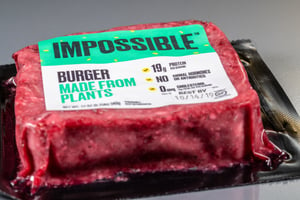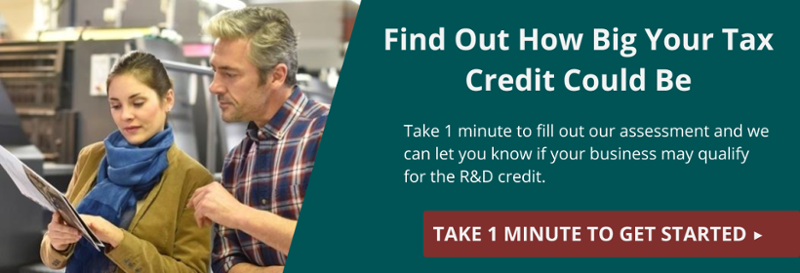 Meatless meat. It’s a paradox that perhaps you never thought possible, but is booming thanks to food manufacturers like Impossible Foods and Beyond Meat. From Burger King to Qdoba to KFC, plant-based meats—meat alternatives developed to taste like meat, as opposed to the long-ago-established veggie burger—have quickly gone from minimal exposure to mainstream while introducing a whole new category for food manufacturers.
Meatless meat. It’s a paradox that perhaps you never thought possible, but is booming thanks to food manufacturers like Impossible Foods and Beyond Meat. From Burger King to Qdoba to KFC, plant-based meats—meat alternatives developed to taste like meat, as opposed to the long-ago-established veggie burger—have quickly gone from minimal exposure to mainstream while introducing a whole new category for food manufacturers.
How did we get here? Well, there are many parts to this story, but from a production standpoint, it all centers around innovation.
The food manufacturing industry is no stranger to innovation. But what many in the industry may be a stranger to is the R&D Tax Credit, which provides additional incentives beyond innovation and advancing the latest trend—or hitting on the next big one. Food manufacturers can earn valuable tax credits for work on food recipe formulation, including activities taken to create foods like The Impossible Burger and Beyond Fried Chicken. Recipe formulation often qualifies for the R&D Tax Credit through qualifying expenses. In general, qualifying expenses will fall into three categories:
- Wages: The payment and benefits earned by employees tasked with developing and testing new recipes.
- Supply expenses: The ingredients, tools, and machinery needed in the development and testing of new recipes.
- Contract expenses: Similar to wages, any compensation paid to contract workers in pursuit of food recipe formulation fall under qualifying expenses.
Food recipe formulation is just one of an extensive list of activities in food manufacturing that can qualify for the R&D Tax Credit. Regardless of the size or scope of your food manufacturing business, you undoubtedly spend a lot of time researching and testing new products and processes. These are precisely the activities the credit was designed to incentivize!
So even if you aren’t getting in on the meatless meat craze, you’re likely spending valuable resources on many of the following food manufacturing activities that could qualify for valuable tax benefits:
- Developing recipe formulations for new products
- Developing new flavor profiles
- Improving existing formulations to extend shelf life
- Improving existing formulations to achieve specified nutritional requirements
- Improving products and processes to meet customer demands for ingredient to be "all natural" and free of colors and dyes
- Developing new production process specifications and techniques
- Developing new processes for mixing, batching sequences, and cooking temps
- Evaluating/installing new equipment and machinery
- Developing new packaging designs to provide enhanced or increased shelf life
- Producing prototype samples for testing and validation of new recipes
- Developing small batch to large batch testing validation processes
- Sourcing raw materials to meet customer requirements for health and safety
- Finding new raw materials when political, economic or natural disasters change the availability of these important raw materials
Depending on the circumstances, all of these activities could be considered for the R&D Tax Credit. It’s important to keep detailed documentation relating to these projects in order to use them to potentially offset state and federal tax liabilities. And as with any R&D Tax Credit, they must pass the Four-Part Test.
The R&D Tax Credit can be complicated. Always check with an expert who can help you uncover opportunities and navigate the process.





